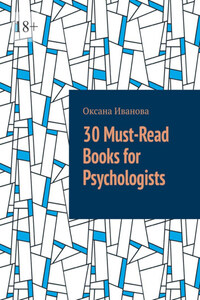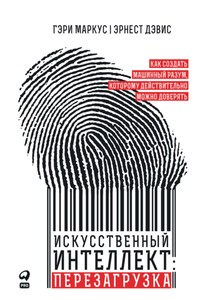The Interpretation of Dreams by Sigmund Freud (1900)
Key Ideas:
Dreams are the «royal road to the unconscious» and provide a window into repressed and hidden thoughts and desires.
Dreams have two layers: the manifest content (surface meaning) and the latent content (underlying, unconscious message).
Dream symbols have specific meanings that can be discovered through analysis.
Dreams are subject to censorship from the conscious mind to protect us from disturbing or anxiety-provoking thoughts.
Dreams serve a wish-fulfilling function, allowing us to experience forbidden desires or fears in a safe and symbolic manner.
One Main Idea in Detail: Dream Symbolism
Freud believed that dreams use symbols to represent unconscious thoughts and desires. These symbols can be objects, people, animals, or even abstract concepts. For example, a falling dream may symbolize anxiety or a desire for freedom, while a flying dream may symbolize a desire for escape or liberation. Freud developed a comprehensive list of dream symbols and their meanings, which he used to interpret his patients’ dreams.
Examples from Freud’s List of Dream Symbols and Their Meanings:
Falling: Anxiety, desire for freedom
Flying: Escape, liberation
Water: Emotions, the unconscious
Fire: Passion, destruction
House: Self, body
Snake: Penis, sexuality
Teeth: Aggression, castration anxiety
Money: Power, security
Car: Control, freedom
Food: Nurturance, love
Animals: Instincts, primitive desires
Death: Change, transformation
Best Quotes from the Book:
«The interpretation of dreams is the royal road to a knowledge of the unconscious activities of the mind.»
«Dreams are the guardians of sleep.»
«The dream is a rebus that must be deciphered.»
«Every dream symbol has a definite meaning which can be discovered through analysis.»
«The dream-work is subject to a censorship which allows only distorted and disguised expressions of the latent dream-thoughts to reach consciousness.»
«Dreams serve a wish-fulfilling function, allowing us to experience forbidden desires or fears in a safe and symbolic manner.»
«The interpretation of dreams is an art, not a science.»
Criticism:
Freud’s theory of dreams has been criticized for its lack of scientific evidence, reliance on subjective interpretation, and limited applicability to all types of dreams. Some critics argue that dream interpretation is too vague and unreliable to be a valid method of psychological analysis.






